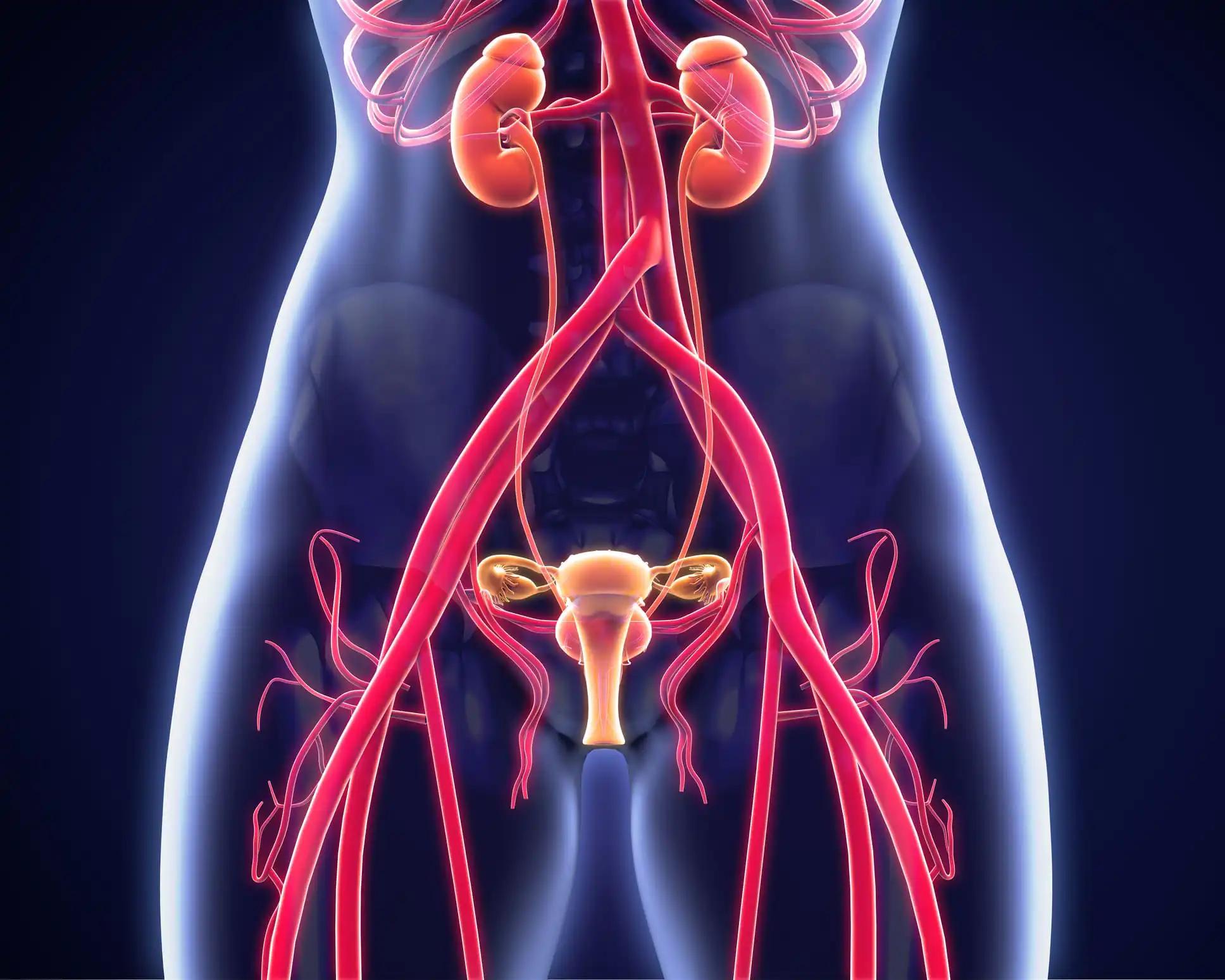KEY TAKEAWAYS
- Phase 3 trial called SPPORT assessed the efficacy of salvage PBRT with or without short-term ADT and/or PLNRT.
- The primary aim was to evaluate the freedom from progression rates at 5 years among the three groups.
- Eligible patients who had undergone prostatectomy were randomly assigned to one of the three treatment groups.
- The results showed that group 3, which received PBRT with short-term ADT and PLNRT, exhibited superior freedom from progression compared to groups 1 and 2.
- The study was conducted across 283 US, Canadian, and Israeli radiation oncology centers.
- Salvage PBRT with short-term ADT and PLNRT provides incremental benefits in patients with detectable PSA levels after prostatectomy but also increases the incidence of adverse events.
Salvage prostate bed radiotherapy (PBRT) has yielded a progression-free status in approximately 70% of male patients who have undergone prostatectomy for prostate cancer and exhibit a detectable prostate-specific antigen (PSA) level over 5 years. A randomized trial comprising three groups was formulated to assess the potential benefits of incorporating short-term androgen deprivation therapy (ADT) lasting 4-6 months to PBRT, or both short-term ADT and pelvic lymph node radiotherapy (PLNRT) to PBRT, to achieve incremental improvements in patient outcomes. The SPPORT trial was a randomized, controlled study conducted at 283 radiation oncology centers across the United States, Canada, and Israel. Patients meeting the eligibility criteria had undergone prostatectomy for adenocarcinoma of the prostate. They had a persistently detectable or an initially undetectable and rising PSA level between 0.1 and 2.0 ng/mL and were aged 18 years or older. Patients who did not exhibit any clinical or pathological indications of lymph node involvement, regardless of whether they underwent lymphadenectomy (N0/Nx), were considered eligible. Additional inclusion criteria comprised patients with pT2 or pT3 disease, a prostatectomy Gleason score of 9 or lower, and a Zubrod performance status of 0-1. Patients meeting the eligibility criteria were subjected to randomization and assigned to one of the following treatment groups: group 1 received PBRT alone at a dose of 64.8-70.2 Gy at 1.8 Gy per fraction daily, group 2 received PBRT in combination with short-term ADT, and group 3 received PLNRT (45 Gy at 1.8 Gy per fraction) followed by a volume reduction to the planning target volume for the remaining 19.8-25.2 Gy, in addition to PBRT and short-term ADT.
The main objective of the study was to assess freedom from progression, wherein progression was characterized as a biochemical failure based on the Phoenix definition (PSA ≥2 ng/mL over the nadir PSA), clinical failure (local, regional, or distant), or mortality from any cause. A premeditated interim examination of 1191 patients with a minimum potential follow-up duration of 5 years implemented a Haybittle-Peto boundary of p<0·001 (one-sided) to compare the 5-year freedom from progression rates among the treatment groups. The study has been duly registered with ClinicalTrials.gov under the National Clinical Trial identifier NCT00567580. The trial’s primary objectives have been achieved, albeit with ongoing long-term follow-up. From March 31, 2008, to March 30, 2015, 1792 qualified patients were registered and randomly allocated to three treatment cohorts. Specifically, 592 patients were assigned to group 1, which received proton beam radiation therapy (PBRT) alone; 602 patients were assigned to group 2, which received PBRT in combination with short-term androgen deprivation therapy (ADT), and 598 patients were assigned to group 3, which received pelvic lymph node radiation therapy (PLNRT) in addition to PBRT and short-term ADT. 76 patients who were later deemed ineligible were excluded from the analyses. Therefore, the population of patients who were evaluated consisted of 1716 individuals. In the interim analysis, which included 1191 patients and had a data cutoff date of May 23, 2018, the Haybittle-Peto boundary for 5-year freedom from progression was surpassed when comparing group 1 to group 3. The difference was calculated to be 17.9% with a standard error of 2.9% and a P<0.0001. The statistical analysis indicates that the observed difference between groups 2 and 3 did not surpass the established threshold (P=0·0063). Upon conducting additional follow-up beyond the interim analysis, which was the final planned analysis with a data cutoff of May 26, 2021, the 5-year freedom from progression rates among all 1716 eligible patients was as follows: 70.9% (95% CI 67.0-74.9) in group 1, 81.3% (78.0-84.6) in group 2, and 87.4% (84.7-90.2) in group 3, with a median follow-up among survivors of 8.2 years (IQR 6.6-9.4). As per the established protocol criteria, group 3 exhibited superior freedom from progression compared to groups 1 and 2. Patients in group 3 exhibited a higher incidence of grade 2 or greater acute adverse events, which persisted for up to 3 months following radiotherapy, compared to those in group 2 and group 1. The difference in incidence was statistically significant (P=0.0034 and P<0.0001, respectively). Comparable observations were noted for adverse events of grade 3 or higher severity. The occurrence of late toxicity beyond three months after radiotherapy did not exhibit any significant difference between the groups, except for a higher incidence of late grade 2 or worse blood or bone marrow events in group 3 compared to group 2 (one-sided P=0·0060). This can be attributed to the inclusion of PLNRT in group 3.
Source: https://pubmed.ncbi.nlm.nih.gov/35569466/
Clinical Trail: https://clinicaltrials.gov/ct2/show/NCT00567580
Pollack A, Karrison TG, Balogh AG, Gomella LG, Low DA, Bruner DW, Wefel JS, Martin AG, Michalski JM, Angyalfi SJ, Lukka H, Faria SL, Rodrigues GB, Beauchemin MC, Lee RJ, Seaward SA, Allen AM, Monitto DC, Seiferheld W, Sartor O, Feng F, Sandler HM. The addition of androgen deprivation therapy and pelvic lymph node treatment to prostate bed salvage radiotherapy (NRG Oncology/RTOG 0534 SPPORT): an international, multicentre, randomized phase 3 trial. Lancet. 2022 May 14;399(10338):1886-1901. doi: 10.1016/S0140-6736(21)01790-6. PMID: 35569466; PMCID: PMC9819649.



